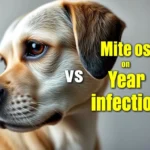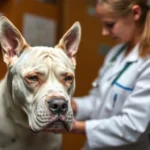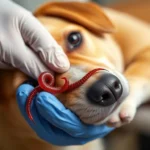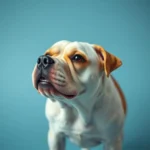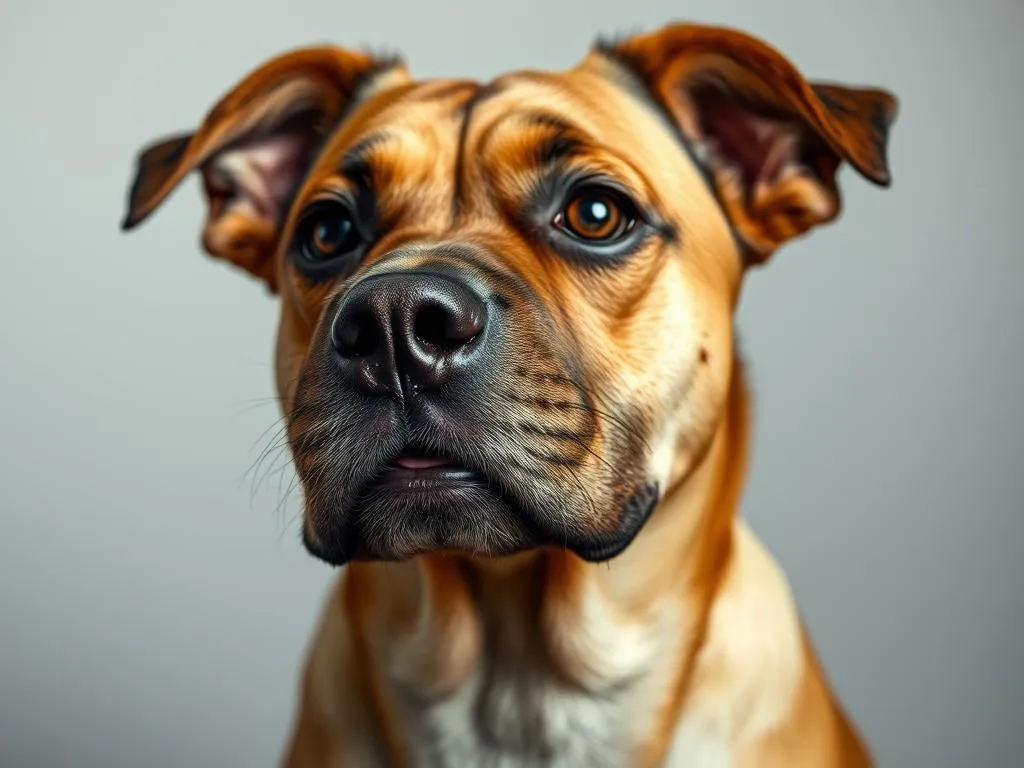
Dogs are curious creatures, often exploring the world with their mouths. If you’ve found yourself in the situation where my dog ate a button, you’re not alone. Many pet owners face the challenge of their furry friends ingesting non-food items. Understanding the risks associated with this behavior and knowing the appropriate actions to take can make all the difference in your pet’s health.
Understanding the Behavior
Why Dogs Eat Non-Food Items
Dogs are naturally inclined to chew and explore. There are several reasons why your dog might indulge in non-food items, such as buttons. Boredom is a common culprit; dogs, especially those left alone for extended periods, often resort to chewing on whatever they can find. Anxiety is another factor; dogs may chew as a way to self-soothe. Lastly, curiosity drives many dogs to taste and chew on various objects, including buttons.
Another relevant concept is pica, a condition characterized by the consumption of non-food items. Pica can stem from nutritional deficiencies, boredom, or behavioral issues. If your dog frequently eats non-food items, it may be worth discussing with your veterinarian.
Signs Your Dog May Have Ingested Something Harmful
If your dog has eaten a button, it’s essential to watch for certain signs. Physical symptoms may include:
- Vomiting: This can indicate that the stomach is trying to expel the foreign object.
- Lethargy: A sudden decrease in energy could be a sign of discomfort or pain.
- Loss of Appetite: If your dog refuses to eat, it could be a sign of gastrointestinal distress.
Behavioral changes are also telling. Restlessness, whining, or excessive drooling may indicate that something isn’t right. Always monitor your dog closely after an incident like this.
Immediate Actions to Take
Assessing the Situation
When you discover that my dog ate a button, the first step is to assess the situation. Consider the size and type of button ingested. If it’s a large button or made of materials that could cause harm, such as metal or plastic, immediate action is necessary. Also, check if your dog shows any symptoms of distress.
When to Contact Your Veterinarian
Certain scenarios warrant immediate veterinary attention. If your dog is choking, displaying severe vomiting, or appears in extreme pain, don’t hesitate—seek veterinary care right away. For non-urgent situations, such as if your dog is still acting normally, you may choose to monitor them for symptoms over the next few hours. However, if any concerning signs develop, reach out to your vet.
Possible Health Risks
Digestive Blockages
One of the most significant risks associated with a dog eating a button is the potential for digestive blockages. Buttons can become lodged in the intestines, leading to severe complications. Symptoms of a blockage include:
- Abdominal pain: Your dog may whine or show signs of discomfort when you touch their belly.
- Constipation or diarrhea: Changes in stool consistency can indicate a blockage.
- Dehydration: This can occur if your dog is unable to keep food down.
If you notice these symptoms, it’s crucial to seek veterinary care immediately.
Toxic Materials
Another concern is the potential toxicity of certain button materials. While many buttons are made from safe materials, others can be harmful if ingested. For example, buttons made from certain plastics or containing metal parts can lead to toxicity. Signs of poisoning include:
- Vomiting
- Diarrhea
- Tremors or seizures
If you suspect your dog has ingested a toxic button, contact your veterinarian right away.
Veterinary Diagnosis and Treatment
What to Expect at the Vet
When you take your dog to the vet after they’ve ingested a button, you can expect a thorough examination. The veterinarian may perform diagnostic procedures such as X-rays to determine the location of the button and assess any potential damage. In some cases, an endoscopy may be necessary to retrieve the object without invasive surgery.
Follow-Up Care
After treatment, follow-up care is vital. Your veterinarian may recommend a special diet or medications to soothe your dog’s digestive system. Monitor your dog closely for any signs of complications or changes in behavior. If your dog seems to be recovering well, that’s a positive sign, but remain vigilant for any unusual symptoms.
Preventing Future Incidents
Creating a Safe Environment
To avoid future scenarios where my dog ate a button, it’s essential to create a safe environment. Here are some tips for dog-proofing your home:
- Keep small objects out of reach: Buttons, coins, and other small items should be stored securely.
- Use storage bins: Place items that could be harmful, like sewing kits, in sealed containers.
- Regularly clean up: Make sure to vacuum or sweep regularly to remove any stray items.
Behavioral Training and Enrichment
Another effective strategy is to engage your dog through behavioral training and enrichment. Addressing boredom and anxiety can significantly reduce the likelihood of them chewing on non-food items. Here are some suggestions:
- Interactive toys: Provide toys that stimulate your dog mentally and physically.
- Regular exercise: Daily walks and playtime can reduce pent-up energy that might lead to destructive chewing.
- Training commands: Teach commands like “leave it” or “drop it” to discourage scavenging behavior.
Conclusion
In situations where my dog ate a button, timely action and awareness are key. Understanding the potential risks, knowing what signs to look for, and having a plan can help keep your dog safe. Remember, while many dogs recover well from such incidents, it’s always best to err on the side of caution and consult your veterinarian. Stay vigilant and proactive in your pet care, and you’ll help ensure a happy, healthy life for your furry friend.
FAQs
What should I do if my dog ate a button but isn’t showing symptoms?
If your dog has eaten a button but isn’t showing symptoms, monitor them closely for the next 24 hours. Look for signs of distress such as vomiting, lethargy, or changes in behavior. If you notice any concerning symptoms, contact your veterinarian for advice.
Can dogs digest buttons?
The ability of a dog to digest a button largely depends on the type and size of the button. Small, soft buttons may pass through the digestive system without issue, while larger or harder buttons can cause blockages or other complications. Always consult your veterinarian for guidance.
How can I train my dog not to eat non-food items?
To train your dog not to eat non-food items, start by teaching basic commands like “leave it” or “no.” Use positive reinforcement to reward desired behaviors. Additionally, provide plenty of interactive toys and ensure your dog has sufficient physical and mental stimulation to reduce boredom, which can lead to scavenging behavior.

